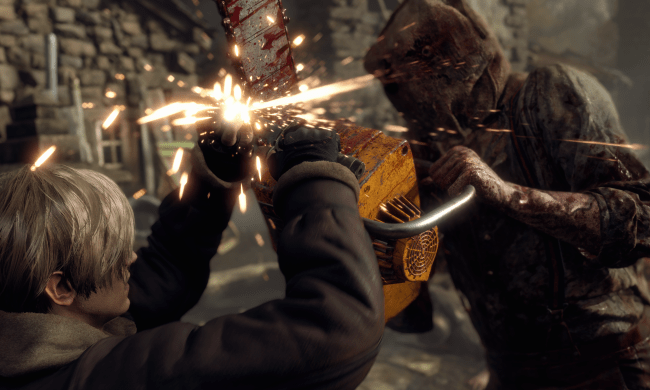
Alienware’s small and sleek Steam Machine box might be pretty to look at, but it’s not the sort of gaming PC that tech-savvy users will be able to crack open and stick new parts into. “There will be no customization options, you can’t really update it,” Alienware general manager Frank Azor told TrustedReviews. Instead, the PC manufacturer intends to improve its Steam Machines over time with annual hardware releases. Azor compares the approach to the one that console manufacturers take, only instead of a life cycle of five or more years, Alienware Steam Machines will be updated every year.
For those that desire the flexibility of self-installed hardware upgrades, Azor suggests getting a more traditional home computer. He specifically points to Alienware’s X51, a small form factor gaming PC, as a potential option. The smaller case places some restrictions on how much an X51 can be upgraded, but the unspoken points comes across clearly enough. The Steam Machines housed in tiny cases that we’ve seen so far appear to be priced competitively with consoles. The audience that hardware makers are aiming for with these products – console gamers and non-gamers with minimal PC experience – get a fully functional experience in one box at a nominal price without any need to worry about hardware upgrades.
There’s a flaw in this approach, however. Consoles can get away with a $400 or $500 price tag because they have that lengthy lifespan. It’s a lot less appealing to spend the same amount of money on a machine that’s going to be upstaged by its successor within a year. To be fair, there’s also no price set yet for the Alienware box; all the company has said is that “the price will be competitive with next-generation consoles.” It’s likely that means we’re looking at a $400-500 box (or so), but one could also argue that that price range isn’t as “competitive” for a machine that’s going to be subject to annual hardware refreshes. We’ll have to wait for more official word from Alienware later this year.
There’s a flipside to this. Consoles justify their price with a lengthy lifespan, but the tradeoff is that by year two, three, and beyond, the parts inside lag behind what a decked out PC can do. By fall 2015, maybe even fall 2014, the material cost of PlayStation 4 and Xbox One hardware will have gone down. If Alienware and its competitors can get to a point where they’re stuffing console-comparable parts and performance into a box priced at $200 or less, the notion of annually upgraded Steam Machines as console competition becomes much more compelling.
Steam Machines continue to be a developing quantity. For more on Valve’s ambitious plan for invading your living room, check out our extensive CES 2014 coverage.


